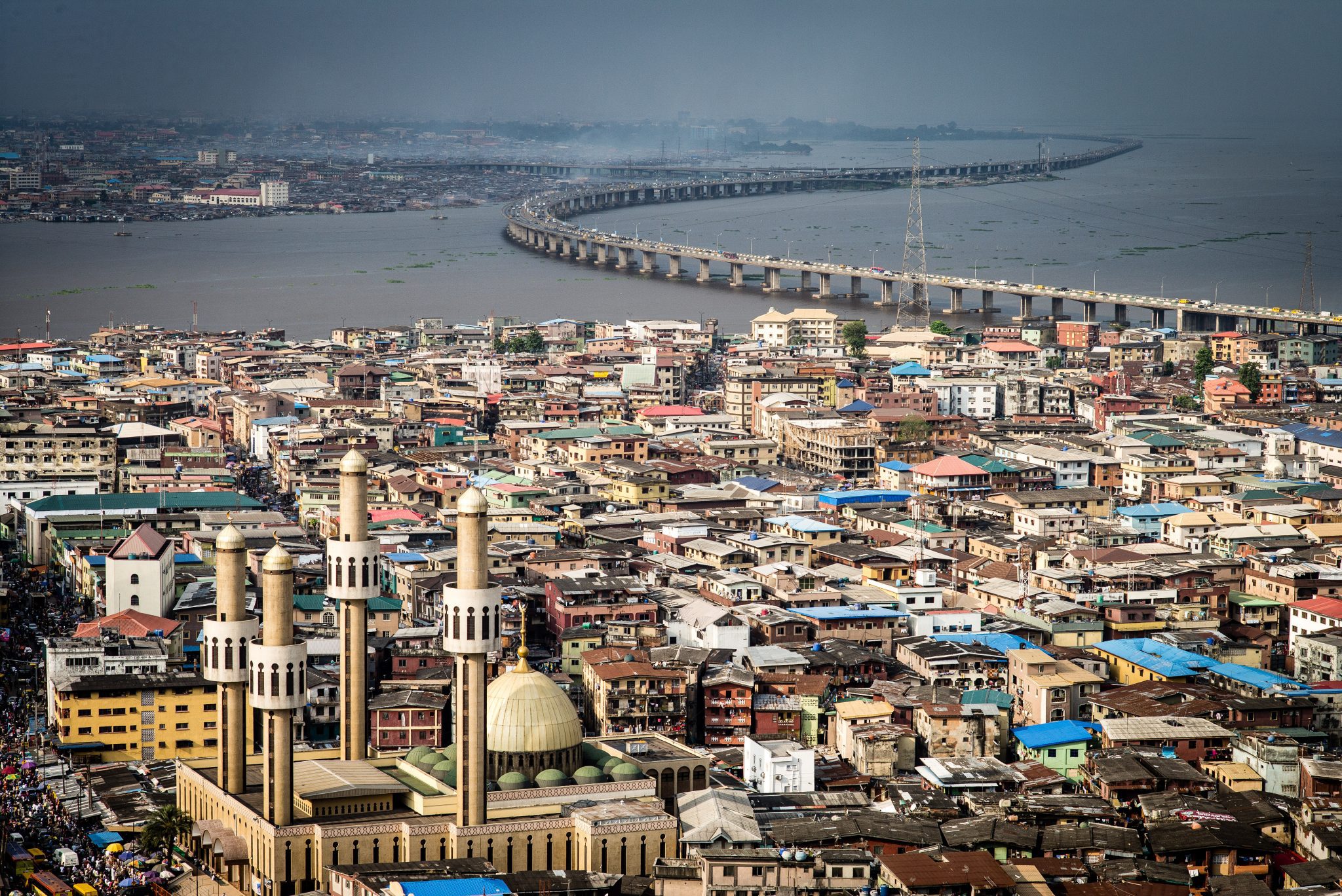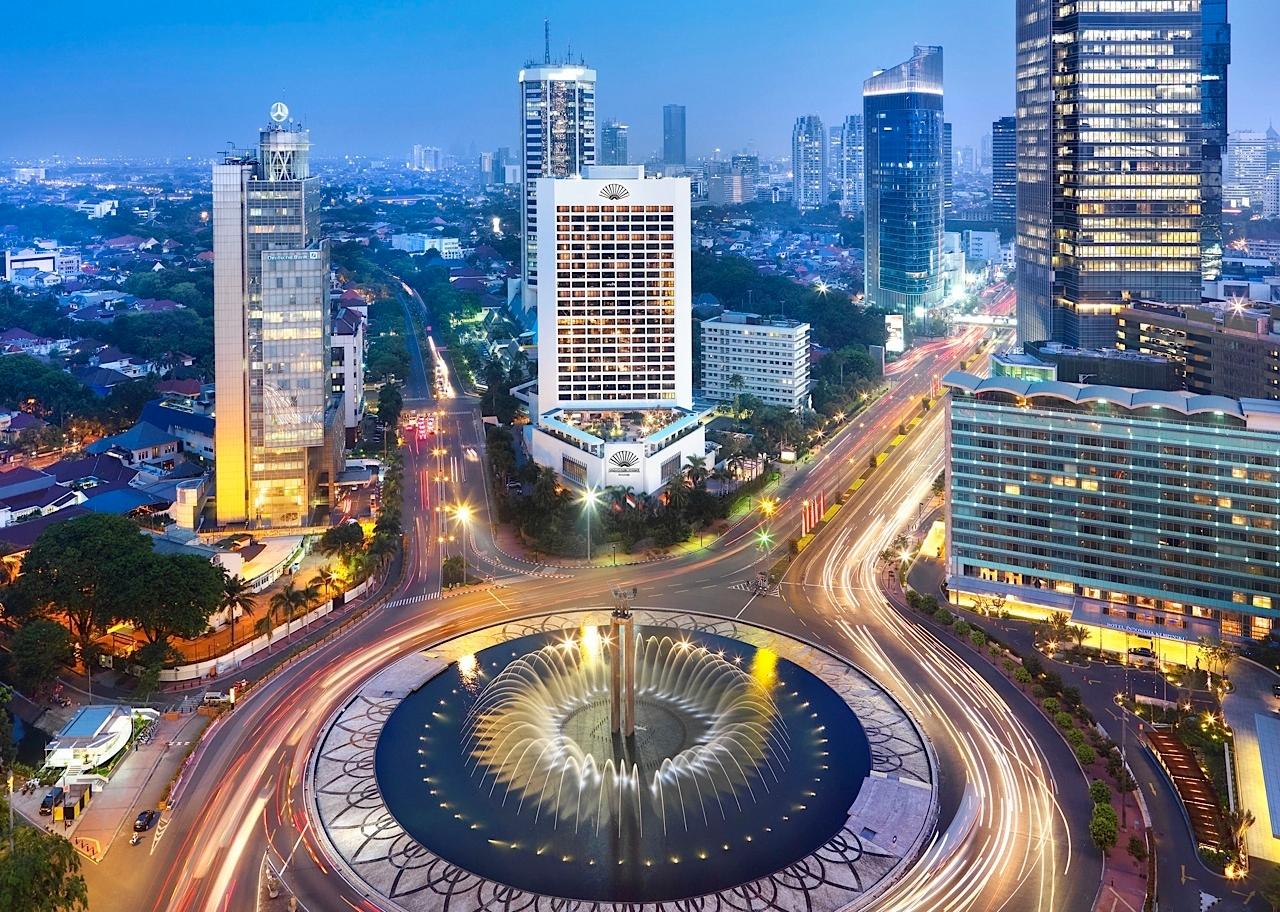Have you ever stopped to truly consider what a national flag means to a country and its people? It's almost like a vibrant piece of art that tells a story, a very special emblem that speaks volumes without saying a word. The Nigeria bandera, as it is known in some places, is definitely one such powerful symbol. It stands tall, a visual representation of a nation that is both incredibly diverse and full of life, a nation that stretches across a vast area on the western coast of Africa. It really does capture the spirit of a place brimming with rich history and a dynamic present.
Nigeria, you know, is a country that holds a truly unique spot on the map. It's situated between the Sahel to the north and the Gulf of Guinea in the Atlantic Ocean to the south, a rather expansive land covering about 923,769 square kilometers (or 356,669 square miles). This land, you see, has such a varied geography, with climates that range from very dry, arid conditions to quite humid equatorial zones. It is a place that truly showcases the incredible variety of our planet, and the flag, in a way, tries to capture some of that natural wonder.
The story of the Nigeria bandera is, in fact, deeply tied to the journey of this remarkable country itself. Nigeria, which is officially called the Federal Republic of Nigeria, gained its independence in 1960 and then became a republic in 1963. It's the most populous country in all of Africa, with a population of around 213 million people, and it’s also the most populous black nation on Earth. So, when you look at its flag, you're not just seeing colors; you're seeing a visual echo of its history, its people, and its aspirations. It’s a very meaningful sight, wouldn't you say?
Table of Contents
- The Design and Its Deep Meaning
- A Symbol of Independence and Unity
- Nigeria's Place on the World Stage
- Frequently Asked Questions About the Nigeria Bandera
The Design and Its Deep Meaning
The Nigeria bandera has a rather simple, yet incredibly powerful, design. It features three vertical stripes, alternating between green and white. This straightforward pattern is actually quite striking, and it helps the flag stand out. It’s a design that, in some respects, truly captures the essence of the nation it represents, with its clear message and easy recognition. You know, sometimes the simplest designs are the most impactful.
Colors and What They Show
Each color on the Nigeria bandera holds a very specific and important meaning, which is pretty common for national symbols. The two green stripes, which you see on the outer edges, represent Nigeria’s rich agricultural land and its lush, natural vegetation. Given that Nigeria has such a diverse geography, with areas ranging from arid to humid equatorial, this green color really speaks to the country's natural wealth and its connection to the earth. It’s a color that signifies growth and abundance, a very hopeful message for any nation.
Then, in the middle, you have the single white stripe. This white section is a symbol of peace and unity. For a country as populous and diverse as Nigeria, with its many different cultures and languages, the idea of peace and unity is, naturally, extremely important. It’s a constant reminder of the aspiration for harmony among all its people, a goal that every nation, in a way, strives for. The white stripe, therefore, is not just a color; it’s a profound wish for togetherness.
Who Designed This Emblem?
It’s quite interesting to learn about the person behind such an iconic design. The Nigeria bandera was actually designed by a student named Michael Taiwo Akinkunmi. He was just a young man when he entered a competition in 1959 to create the national flag. His design was chosen from over 2,870 entries, which is a truly impressive feat. He won a prize of 100 pounds for his work, which was a considerable sum back then. It’s pretty remarkable, isn't it, that a student's vision became such a lasting symbol for an entire country? His contribution is, arguably, a big part of Nigeria's visual identity.
A Symbol of Independence and Unity
The adoption of the Nigeria bandera was a truly pivotal moment in the country's history. It happened on October 1, 1960, the very day Nigeria gained its independence from British colonial rule. This flag, therefore, isn't just a pretty design; it’s a powerful emblem of freedom and self-determination. It marked a new chapter for the nation, a moment when it stepped onto the global stage as a sovereign entity. It really signifies a break from the past and a hopeful look towards the future.
From Colonial Roots to Self-Rule
Nigeria's modern state, you know, took its present territorial shape as a direct result of 19th-century British colonization. For many years, the land was under foreign administration. So, when the Nigeria bandera was raised for the first time, it symbolized the end of that era and the beginning of self-governance. It was a moment of immense pride and celebration for the people. This act of raising their own flag was a clear declaration to the world that Nigeria was now in charge of its own destiny, a very significant step indeed. It’s a powerful reminder of how far the nation has come.
The journey from being a British colony to an independent republic was, in a way, a long one, filled with many efforts and aspirations. The flag, therefore, serves as a constant reminder of that hard-won freedom. It represents the collective will of a people who desired to manage their own affairs and shape their own future. It is a symbol that, basically, encapsulates the spirit of national liberation. You can learn more about Nigeria's journey to independence on our site, if you like.
Reflecting a Diverse Nation
Nigeria is, as a matter of fact, a country brimming with vibrant culture, diverse landscapes, and a rich history. With its population of around 213 million, it truly stands as Africa's most populous nation. This vast population is made up of numerous ethnic groups, each with its own unique traditions, languages, and customs. The Nigeria bandera, with its simple yet profound message of peace and unity, tries to bring all these different groups together under one shared identity. It’s a visual representation of the idea that despite differences, everyone belongs to one large family.
The flag, in essence, is a banner under which all Nigerians can rally, regardless of their background or where they come from. It signifies the common bond that ties them together, celebrating their collective strength and shared aspirations for a prosperous future. It's almost like a quilt, you know, where many different pieces come together to form one beautiful whole. The flag, in that sense, is a powerful unifying force, a truly important aspect of national life.
Nigeria's Place on the World Stage
The Nigeria bandera doesn't just represent the country internally; it also signals Nigeria's presence and role on the global stage. When this flag is seen at international events, diplomatic missions, or sporting competitions, it speaks volumes about the nation it stands for. It’s a visual ambassador, if you will, showcasing Nigeria's identity to the rest of the world. It really does carry the weight of a nation's reputation and its aspirations for global cooperation and peace.
A West African Powerhouse
Nigeria, located in West Africa, borders the Republic of Benin to the west, Chad and Cameroon to the east, and Niger to the north. To the south, its coastline extends along the Bight of Benin and the Gulf of Guinea. This geographical position, combined with its massive population, makes Nigeria a truly significant player in West Africa and, indeed, on the entire continent. The Nigeria bandera, when unfurled, represents this regional influence and leadership. It's a symbol of a country that is, quite frankly, a powerhouse in its region, shaping discussions and driving progress.
The country's sheer size and economic activity mean that what happens in Nigeria often has ripple effects across the continent. The flag, therefore, carries the aspirations of not just Nigerians, but also, in a way, the hopes of many across West Africa. It symbolizes a nation that is deeply involved in regional affairs and committed to fostering stability and growth. It’s a pretty big responsibility, you know, and the flag stands as a testament to that role.
More Than Just a Flag
Beyond its official symbolism, the Nigeria bandera is also a source of immense pride for its citizens. It’s a common sight during national celebrations, sporting events, and cultural gatherings. People wear its colors, wave miniature versions, and display it prominently. It’s a very tangible connection to their identity and their shared heritage. This flag, you see, is not just a piece of cloth; it’s a feeling, a deep sense of belonging and patriotism that resonates with millions. It is, to be honest, a powerful emotional anchor for the people.
Nigeria is, after all, home to the second-largest film industry on the planet, often called Nollywood, and its music, art, and fashion are celebrated globally. The flag, in this context, becomes a symbol of this creative energy and cultural richness. It represents the heartbeat of Africa, a place where innovation and tradition blend seamlessly. So, when you see the Nigeria bandera, remember that you are looking at the emblem of a country that is truly making its mark on the world, a nation that is both ancient and wonderfully modern. You can learn more about the flag's history from external sources, and also discover more about Nigeria's vibrant culture right here.
Frequently Asked Questions About the Nigeria Bandera
What do the colors of the Nigeria bandera truly mean?
The green stripes on the Nigeria bandera represent the nation's rich agricultural land and its natural, lush vegetation. The white stripe in the middle signifies peace and unity among its people. It's a rather clear message, isn't it?
When was the Nigeria bandera first adopted?
The Nigeria bandera was officially adopted on October 1, 1960. This date is quite significant, as it was the very day Nigeria gained its independence from British colonial rule. So, it's tied directly to a very important historical moment.
Who was the designer of the Nigeria bandera?
The Nigeria bandera was designed by a student named Michael Taiwo Akinkunmi. His design was chosen in a national competition held in 1959, and it has served as the country's national symbol ever since. He was, apparently, quite talented.



Detail Author:
- Name : Kenya O'Reilly
- Username : stamm.jayme
- Email : jhaley@champlin.com
- Birthdate : 2001-01-28
- Address : 699 Kory Tunnel East Tavares, TN 39240-7158
- Phone : (385) 573-8376
- Company : Ebert, Frami and O'Kon
- Job : Travel Agent
- Bio : Laudantium in exercitationem fugit quis et dicta. Error omnis at eum consequatur molestias eum. Et quibusdam praesentium repellendus autem vero est vel libero.
Socials
facebook:
- url : https://facebook.com/johns1975
- username : johns1975
- bio : Commodi iure odit quo autem nihil et. Qui doloremque dolorem commodi.
- followers : 6467
- following : 1766
tiktok:
- url : https://tiktok.com/@johnst
- username : johnst
- bio : Aut error commodi ea sed. Eos id est aut dolores qui neque labore.
- followers : 4413
- following : 671



























